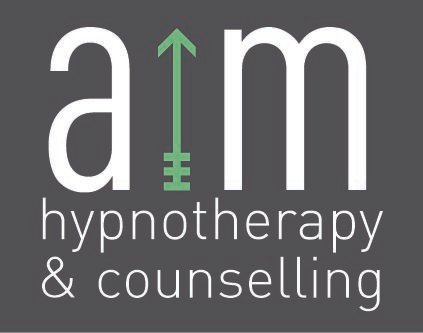“In any given moment,” Catherine Steiner-Adair writes, “with a buzz or a ping, our devices summon us and we are likely to respond, allowing ourselves to be pulled away from our immediate surroundings and anyone in them, into the waiting world or elsewhere and others.”
A common reality may be that living in an increasingly technical world and the demands and nuances that it brings has us feeling so disconnected from others, that we seek that same disconnection with ourselves. It seems for many of us simply being with ourselves can provoke anxieties we seek to remedy.
Uncomfortable feelings, thoughts, experiences from our past can make many of us subconsciously look for ways of distracting ourselves and subsequently removing us from experiencing present moments. The experience of stillness can evoke anxieties that are temporarily warded off by seemingly harmless behaviours like watching netflix, scanning the internet or moments of overindulgence in sugar or caffeine, but for others the anxieties may elicit more destructive vices such as gambling or drug and alcohol misuse.
Although there are different levels of disfunction when it comes to distracting behaviours, it seems a shame for the majority of us to go through our days seeking ways of removing ourselves from our present experiences.
After all, wouldn't we all like to live more meaningful lives? Don't we all want to be better able to feel deep joy in connecting with others and comfort in our own company?
Looking at different types of therapies, it strikes me that what many people are gravitating towards these days are therapies that help them feel connected and better able to regulate their emotions. Interestingly many of these involve learning to tolerate the discomfort that stillness can bring.
Alicia Muñoz, LPC, has written an interesting article on this very topic for goodtherapy.org.
If interested check it out here :)

